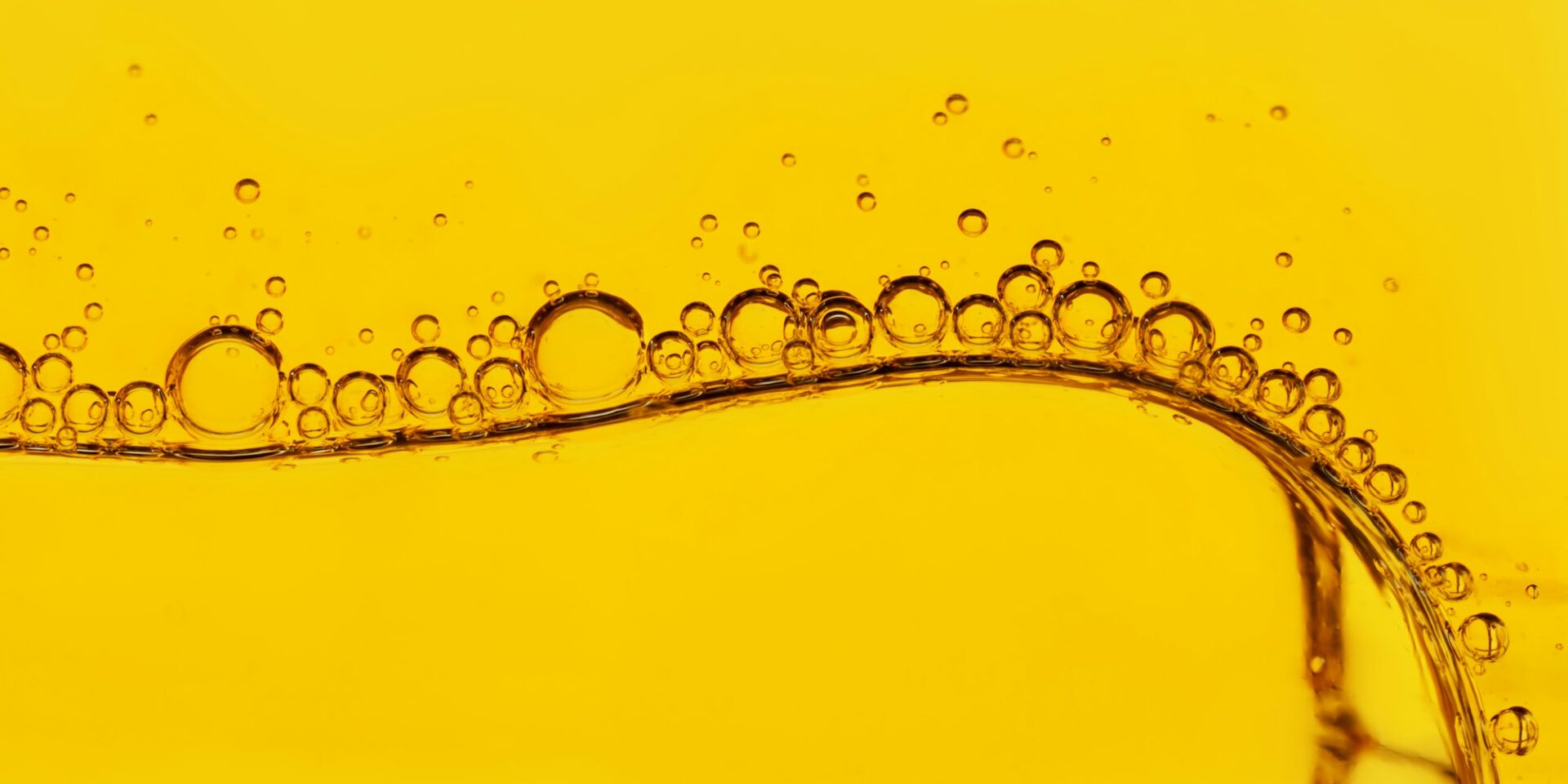Not all options for IV therapy in Meridian, ID are created equal
IV therapy infusions, also known as intravenous therapy, involve the administration of fluids, medications, electrolytes, or nutrients directly through a vein.
The importance and benefit of IV therapy infusions lies in their ability to provide rapid and direct access to the bloodstream. This allows for near instant absorption and distribution of the nutrient rich fluids throughout the body compared to oral (or even topical) supplementation.
IV drip therapy has been proven through studies to enhance immune system function, allowing the body to fight off infections and reduce the risk of illness.
But not all IV therapy options in Meridian offer therapeutic doses in their formulations. Understanding the difference between a therapeutic formula versus a non-therapeutic formula is vital to making an informed decision when finding a functional medicine provider offering IV therapy services.
Dosage matters: understanding the science of IV drips
All IV infusions contain a sterile fluid solution that carries nutrition into the body. Since the contents of an IV bag is customized by the provider that makes it, the formula can be quite different from one provider to another.
Many IV bar locations advertise a “wide range of IV options” to help feel your best. They promise a “powerful blend of vitamins” to “strengthen your immune system”. Their IV bags are described to include IV vitamins like vitamin C, magnesium, vitamin B12, and more.
But what’s often missing from their “Myer’s cocktail” or IV hydration bags is dosage.
It’s also important to note that a Myer’s cocktail is not a standard definition or description. The original definition is any infusion that combines any dosage of vitamin C, b vitamins, and magnesium. But these vitamins can vary greatly in dosage, type, and formula.
Non-Therapeutic Dosing (aka Low Dose)
Non-therapeutic dosing, often referred to as “low dose”, “trace ingredients”, or “cosmetic drips”, contain a very, very small amount of the active ingredient(s).
For example, an Idaho IV bar may describe a wellness IV as follows:
“A vitamin drip containing vitamin C, amino acids, and vitamin B that can reduce recovery time after an injury and optimize athletic performance and overall well-being.”
Notice what’s missing? Let me rewrite that line and with dosage included:
“A vitamin drip containing 25mg vitamin C, 50mg amino acids, and 10mg vitamin B that can reduce recovery time after an injury and optimize athletic performance and overall well-being.”
Sounds okay, right? Well, read on.
Therapeutic Dosing (aka High Dose)
The health and wellness benefits described by most IV providers are actually in reference to therapeutic, or high-dose, IV formulations.
Certain vitamins, minerals, antioxidants, and amino acids, can activate certain pathways and mechanisms in the body that produce incredible outcomes.
However, to achieve these results a certain dose of the active ingredient is necessary. Also, some (common) combinations of these active ingredients actually counteract each other (or the body-mechanic that they’re trying to support) resulting in a failed treatment.
A high dose treatment achieves the therapeutic level required to activate the desired outcome at the cellular level.
Comparing to our previous example, a high dose treatment might be advertised like this:
“A vitamin drip containing 25,000mg vitamin C, 50mg amino acids, and 10mg vitamin B that can reduce recovery time after an injury and optimize athletic performance and overall well-being.“
Why don’t all IV bars offer therapeutic doses?
There are many reasons that an IV spa might not offer high-dose options but here are the most common reasons:
- They don’t have a licensed medical professional who has the necessary training.
- They use preserved ingredients that aren’t safe to administer in high doses.
- They want to increase profit margins by only using trace amounts of the active ingredient.
- They don’t want to screen patients for health conditions so they limit the active ingredients to trace amounts.
- They are avoiding personalized treatments by making all their bags exactly the same.
The risks of non-therapeutic infusion therapy
When IV therapy is not administered in a medical setting by licensed professionals, there is a higher risk of contamination and improper sterilization of equipment. This can lead to serious infections, such as bloodstream infections or sepsis.
Another risk of non-therapeutic IV therapy is the lack of medical supervision and monitoring. Without proper medical oversight, there is a higher chance of incorrect dosage or administration, which can lead to adverse reactions or complications.
One common example is ingredient interaction or formulation flaws. Glutathione, a powerful antioxidant often given as a boost to an already supportive infusion, should never be mixed into a bag with other ingredients or given the same day as other infusions. This is where actually understanding the chemistry of the ingredients being used is so important for patient safety and best outcomes.
Another example also comes back to understanding chemistry, and that is the concept of osmolarity. Functional medical providers actually trained and experienced in IV therapy administration know that formulas can be dehydrating or hydrating depending on the math.
In order to best address dehydration, a formula needs to be calculated to truly be rehydrating and not worsen the existing problem. It’s important to understand that for effective treatment of symptoms present, the calculations have to be correct and utilized appropriately. IV therapy can help treat a variety of concerns, but the provider has to actually understand infusion calculations, versus reading ingredients off a spreadsheet.
Trained medical professionals understand how to assess patients’ individual health and wellness needs and adjust treatment accordingly. The importance of experienced medical professionals in administering and monitoring IV therapy cannot be overstated. Medical professionals, such as doctors, nurses, and paramedics, are trained in the proper techniques for inserting IV catheters, administering fluids and medications, and monitoring patients during treatment.
Proper training and certification requirements ensure that medical professionals have the knowledge and skills necessary to safely and effectively administer IV therapy. They are trained to assess patients’ individual needs, monitor vital signs, and adjust treatment as needed. This level of expertise is crucial in preventing complications and ensuring the best possible outcomes for patients.
Choosing the best IV therapy in Meridian or Boise
Here are some great questions to ask an IV provider to make sure they’re a good fit for you:
- What are the specific doses of the included vitamins and minerals?
- Reason: If they avoid answering, the dose is either extremely low or they don’t actually know!
- Are the IVs administered by a licensed medical professional?
- The answer should always be ‘yes’.
- Are the IV ingredients compounded in the United States?
- Reason: If they were compounded in a foreign country or the provider doesn’t know, you probably don’t want it injected directly into the bloodstream.
- Do the IVs include preservatives?
- Reason: Preservative agents allow the provider to keep the ingredients shelf stable for a very long time but they aren’t always good for you.
- Is the IV bag formulated in office or elsewhere?
- Reason: An IV bag should be formulated after you order it so that it is tailored to meet your specific health needs, and so that the ingredients are as fresh as possible.
Subscribe to Updates
Get the latest posts delivered to your inbox.





